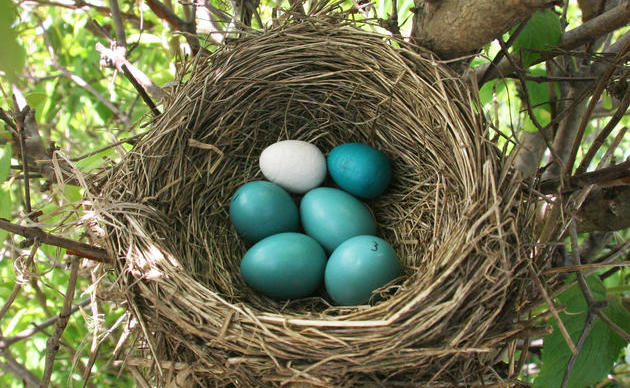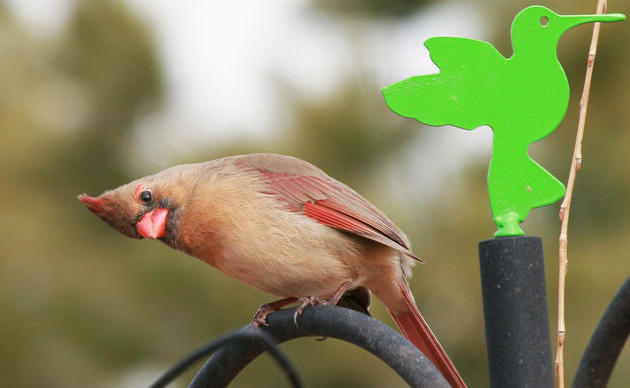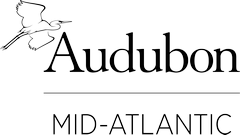Audubon Forester Training and Endorsement Program
Audubon is excited to offer foresters a new opportunity to assist you in meeting your land management objectives through our new Audubon Forester Training and Endorsement Program. We welcome consulting, agency, industry, and procurement foresters to participate in the program.
The purpose of Audubon’s forester endorsement program is to create a national network of professional foresters working, in partnership with the National Audubon Society, to promote healthy forest ecosystems that provide high-quality habitat for priority bird species, at scale. Information learned in our training can be applied to private and public land, and is compatible with many objectives, including timber production, water quality, recreation, and carbon sequestration.
An Audubon endorsement means that participating foresters have completed our bird-friendly forestry training curriculum and demonstrated that they can apply the concepts we have taught them.
OVERVIEW: FROM TRAINING TO ENDORSEMENT
To receive an Audubon endorsement, foresters must complete the following steps:
-
Completing the training webinar series
-
Write an example silvicultural prescription that integrates bird habitat management based on a stand scenario we provide
-
Provide two examples of new or revised management plans, updates, or amendments that integrate bird habitat management. For large management plans, foresters can revise two stand prescriptions rather than the entire plan.
STEP 1: COMPLETE THE TRAINING WEBINARS
The pilot program begins with a series of four weekly training webinars, where foresters will learn about birds in decline, landscape and stand-level planning and management to improve forest habitat diversity, and climate-resilient forestry.
You may view the webinars live during our annual Forester Training Series or watch the recordings below and submit answers to the two assessment questions to our Endorsement Program staff (joshua.rittenhouse@audubon.org).
Webinar #1: Forester Training and Endorsement Program and Introduction to the Healthy Forest Initiative
-
-
Name the four bird species that were discussed during the presentation.
-
List three threats/stressors to forest habitat quality
-
Webinar #2: Forest Bird Habitat Management Planning and Assessments
-
-
What percentages of a mostly forested landscape should be in young and mature forest age classes?
-
Name three stand-level habitat conditions that can be created or improved through forest management.
-
Webinar #3: Forest Management for Birds
-
-
To enhance vertical structural diversity within a mature forest using small group selection, what is the approximate size range of groups in acres?
-
What is the key difference between a clearcut and an overstory removal?
-
Webinar #4: Climate Resilient Forestry
-
-
What are the key differences between carbon storage and carbon sequestration in a forest?
-
List three threats identified in this webinar that can impact the resiliency of a forest to climate change.
-
STEP 2: WRITE AN EXAMPLE SILVICULTURAL PRESCRIPTION
Given hypothetical landowner objectives, landscape descriptions, parcel and stand data, respond to questions and develop stand-level prescriptions that incorporate some of the bird-friendly forestry concepts we outlined in the training. Please choose one scenario from the options below and email your prescription to joshua.rittenhouse@audubon.org
STEP 3: PROVIDE EXAMPLES THAT INTEGRATE BIRD HABITAT MANAGEMENT
Develop two forest management plans (either a brand new plans or new activity schedule updates) that incorporate these concepts OR take a previously written plan and apply these bird-friendly concepts where suitable within the calendar year. For large management plans (e.g., public lands, industrial forests, etc.), foresters can revise two stand prescriptions rather than the entire plan. Email plans to Joshua.rittenhouse@audubon.org.
** Training refresher: For bird-friendly forest management plans or stand prescriptions, remember to include the following two main components:
-
Landscape-level assessment
-
Address forest cover and land use in a 2,500 acre landscape
-
Address forest age class diversity (5-10% young forest, 90%+ mature forest
-
Stand-level assessment
-
Assess and address stand-level habitat characteristics: vertical structural diversity, native tree species diversity, downed woody material, snags and cavity trees, large diameter trees, etc.
Additional resources for writing prescriptions and management plans:
Audubon Healthy Forest Guide
Audubon Pennsylvania Forest Bird Pocket Guide
Need more examples? The following plans were developed and/or amended to create or improve forest bird habitat while meeting additional landowner objectives. Examples range from NRCS conservation activity plans, Use Value Appraisal plans, and general forest management plans.
The first two plans with stars next to them are great examples of bird-friendly forest management plans. We encourage you to apply the same landscape and stand-level considerations to your stand scenario prescription in Step 2 and new or revised management plans or stand prescriptions in Step 3.
-
Forest Stewardship Program Plan
-
Tree Farm Program Plan
MAINTAINING ENDORSEMENT
In order to maintain endorsement, foresters will be asked to attend an annual refresher training either in person or through a recording.
Audubon Mid-Atlantic will also gather information about on-the ground conservation through an annual survey. Information we gather includes the number of bird-friendly forest management plans written, number of acres included in those management plans, and the number of acres that received management that benefiting birds.
AUDUBON STAFF CONTACT INFORMATION
-
Joshua Rittenhouse, Forest Program Associate, Audubon Mid-Atlantic
-
Phone: (717) 348–1710
The Forester Training and Endorsement Program in the Mid-Atlantic is made possible by generous support of the Hamer Foundation.
How you can help, right now
Donate to Audubon
Help secure the future for birds at risk from climate change, habitat loss and other threats. Your support will power our science, education, advocacy and on-the-ground conservation efforts.
Become a Monthly Donor
Donating monthly is flexible, easy and convenient and makes you a champion birds can count on, no matter the season.





